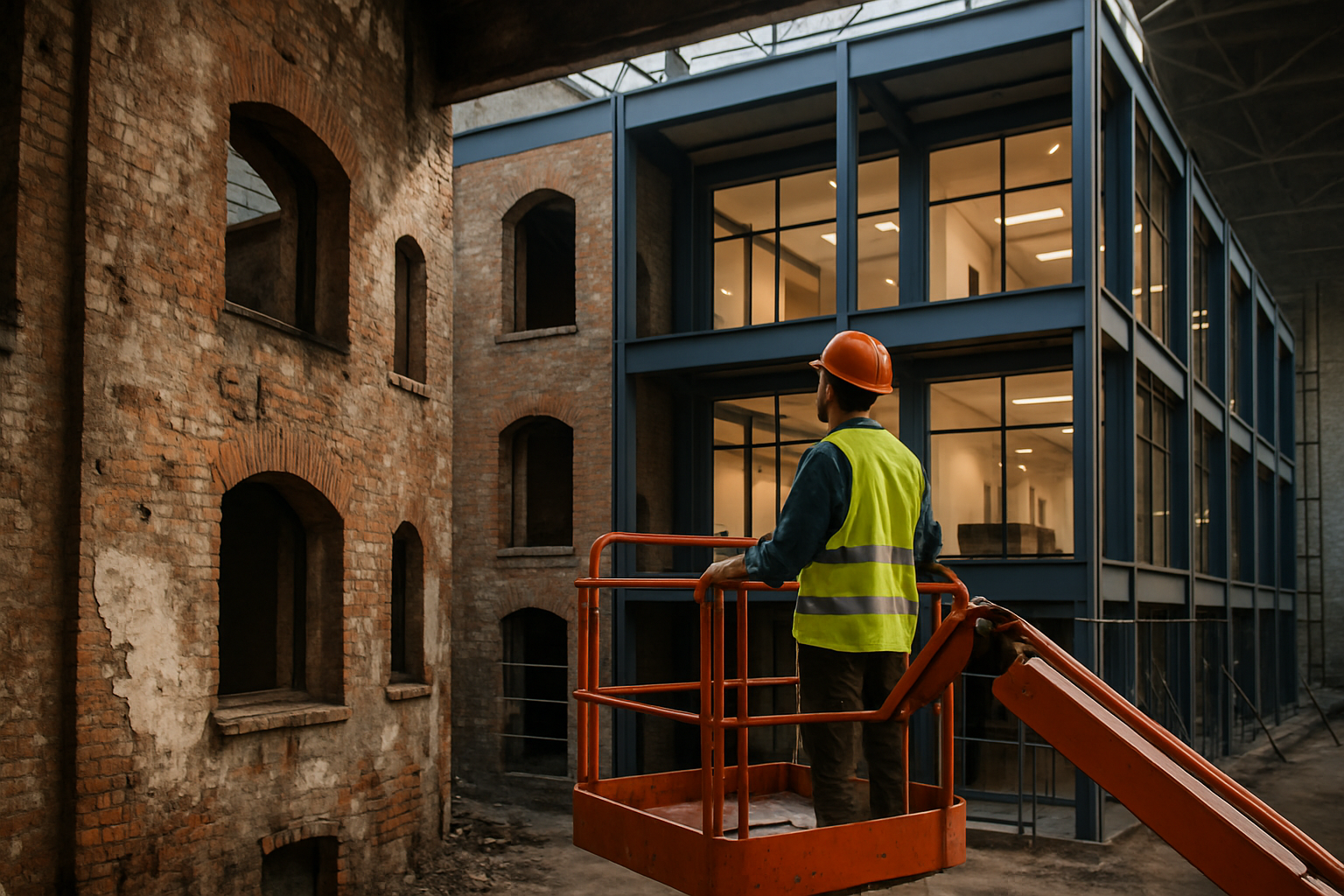Unfolding the Intricacies of Variable Compression Ratio Technology
As the automotive industry hurtles forward, we're witnessing the birth of a new breed of innovative technologies. Among these, Variable Compression Ratio (VCR) technology stands out, promising to redefine internal combustion engine efficiency and performance. This dynamic technology is set to disrupt conventional engine designs and open a new chapter in vehicle performance.

Delving into the Past: The Origins of Variable Compression Ratio Technology
Variable Compression Ratio (VCR) technology is not a recent invention. The concept has been floating around since the 1950s, with several patents filed for such mechanisms. However, the technical complexity and cost involved in developing a reliable, practical system kept it from becoming mainstream. It wasn’t until the turn of the century that advances in materials science, electronics, and manufacturing techniques made VCR technology feasible for mass production.
Variable Compression Ratio Technology: The Mechanics Uncovered
At its core, VCR technology involves altering the compression ratio of an engine dynamically, depending on driving conditions. This is achieved by varying the position of the piston within the cylinder, thereby changing the volume of the combustion chamber. The result: an engine that can adapt to different driving conditions, optimizing fuel efficiency and performance.
The Impact of Variable Compression Ratio Technology: A Game Changer for Efficiency and Performance
The introduction of VCR technology could potentially transform the efficiency and performance of internal combustion engines. By allowing the engine to switch between high and low compression ratios, VCR technology can optimize fuel consumption during cruising and provide maximum power during acceleration. This adaptability can result in significant fuel savings and lower emissions without compromising performance.
Challenges on the Horizon: The Roadblocks to Variable Compression Ratio Technology
Despite its promise, VCR technology faces several hurdles. The primary challenge lies in the mechanical complexity of the system, which can lead to higher production costs and potential reliability issues. Moreover, as the automotive industry shifts towards electric vehicles, the relevance of such advancements in internal combustion engines is being questioned.
Looking Forward: The Future of Variable Compression Ratio Technology
Despite challenges, VCR technology holds promise for the future. As regulations on emissions become stricter, technologies that improve the efficiency of internal combustion engines will remain relevant. Moreover, VCR technology could find applications in hybrid vehicles, where it can enhance the performance of the internal combustion component.
In conclusion, Variable Compression Ratio technology represents a significant leap forward in internal combustion engine design. By offering the potential for increased fuel efficiency and performance, it could play a crucial role in the future of the automotive industry. However, the road to widespread adoption is fraught with challenges, and only time will tell if VCR technology can live up to its promise.




